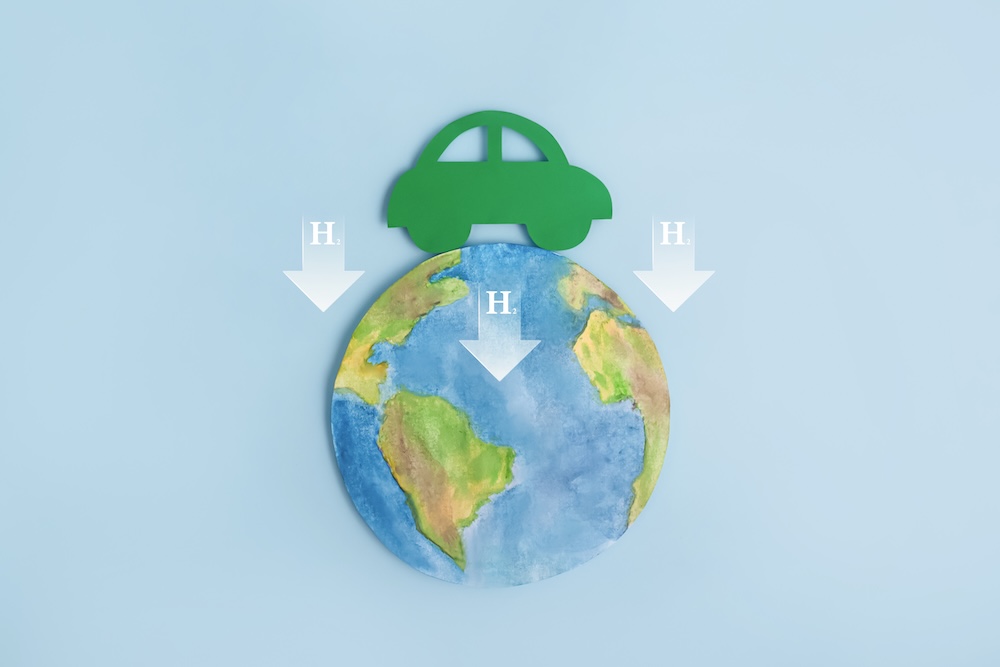The signs of climate change are becoming impossible to ignore — from extreme weather events to rising sea levels and shrinking biodiversity. While systemic change is urgently needed, our individual actions still matter. Sustainable living gives us a framework to shrink our personal carbon footprints, conserve resources, and shift culture toward balance with the planet.
By rethinking how we use energy, how we travel, what we consume, and what we eat, we not only reduce emissions but also send signals to businesses, governments, and communities that sustainability is the way forward.
Understanding Your Carbon Footprint
A carbon footprint measures the greenhouse gases we generate through daily life — from heating and cooling our homes, to commuting, to the food on our plates. Most footprints come from a few high-impact areas: energy use, transportation, food, and overconsumption. Identifying where yours is largest is the first step in shrinking it. Online calculators or community programs can give you a clear snapshot.
The key isn’t guilt — it’s clarity. Once you know your footprint, you can prioritize changes with the greatest impact.
Energy Use: Powering Life Responsibly
Energy is often the biggest part of our footprint, especially in regions dependent on fossil fuels. Steps you can take include:
- Cut wasted energy: Switch off lights, unplug devices, and adjust thermostats.
- Invest in efficiency: Choose LED bulbs, Energy Star appliances, and insulation upgrades.
- Shift to renewables where possible: Rooftop solar, community solar programs, or green energy plans reduce reliance on coal and gas.
- Think circular: Extend appliance lifespans with maintenance instead of replacing frequently.
Energy saved at home ripples outward, reducing demand on power plants and lowering emissions for entire communities.
Transportation: Rethinking How We Move
Transportation contributes nearly a quarter of global CO2 emissions. Greener mobility choices include:
- Car-light living: Walk, cycle, or take public transit where possible.
- Shared and efficient travel: Carpooling, ride-shares, or combining errands into fewer trips.
- Electrify when possible: Electric vehicles or hybrids cut direct emissions.
- Fly less, stay longer: Aviation carries a heavy footprint; choose trains or buses when you can, and offset flights responsibly only after reducing demand.
Rewiring travel habits means less pollution in cities, cleaner air, and healthier lifestyles.
Consumption: Reduce, Reuse, Reimagine
The global throwaway culture drives emissions, waste, and resource depletion. A sustainable mindset flips that script:
- Reduce: Buy less, buy better, and question every purchase.
- Reuse: Repair instead of replace; share, rent, or swap items.
- Recycle smartly: Follow local guidelines and avoid “wishcycling.”
- Repurpose creatively: Old jars become storage, worn textiles become rags, secondhand markets extend product lifecycles.
Every time we choose reuse over new, we cut demand for extraction, manufacturing, and shipping — some of the dirtiest parts of the global economy.
Food Choices: Eating with the Planet in Mind
Food systems account for over a quarter of global emissions. Shifting what and how we eat can slash footprints:
- Eat more plants: Even small reductions in meat and dairy consumption matter.
- Choose local and seasonal: Support nearby farmers and cut long transport chains.
- Avoid food waste: Meal plan, store food properly, and compost scraps.
- Support regenerative agriculture: Favor producers who restore soil health and biodiversity.
Diet changes ripple beyond emissions — they safeguard ecosystems, reduce deforestation, and encourage healthier farming models.
Everyday Household Shifts
Beyond the big categories, smaller everyday choices matter:
- Conserve water: Fix leaks, install low-flow fixtures, and avoid waste.
- Choose safe products: Eco-friendly cleaners protect waterways and indoor air.
- Plant trees or native species: They absorb carbon, support biodiversity, and cool urban areas.
- Advocate locally: Push for better recycling programs, renewable energy projects, or sustainable zoning in your community.
Final Thoughts
Sustainable living isn’t about perfection — it’s about intention. Every shift you make, from carrying a reusable bag to skipping a flight, adds to a cultural current that is reshaping expectations of business, government, and community.
Our relationship with consumption is deeply ingrained, but it can be rewired. By choosing less waste, less energy, and less excess, we choose more resilience, more balance, and more care for generations to come. Small shifts create ripples — and ripples grow into waves of change.









Reader Interactions